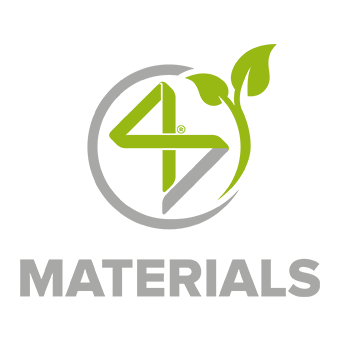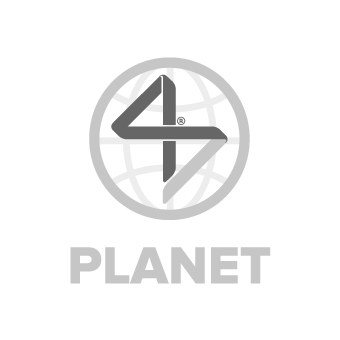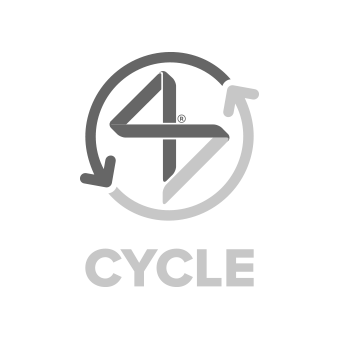
Alberto Bardazzi SpaID Nr. 4S-100036e-report version 3.0

The company was founded in 1983 on the initiative of Alberto Bardazzi: its first name was Alberto Bardazzi Maglia, and its target was the small ready-to-wear fashion shops in Prato. The intuition to dedicate himself completely to knitted fabrics placed the company right from the start in a “protected” market segment, where Alberto’s talent could express itself freely. The products developed in these years are real milestones in the history of textiles, and it is no coincidence that they are also on display in Prato’s textile museum. In 2001, “Il Sole 24 Ore” included Alberto Bardazzi S.r.l. in its list of the best 500 companies in Italy, and this was the highest and most exciting moment in Alberto’s entrepreneurial career: in 2003, as new and increasingly ambitious projects took shape, Alberto left us prematurely after an illness that, unil the end, did not deprive him of the desire to continue creating, designing and surprising. It seems like the end, but instead it is only a new beginning: from the initial difficulties the Bardazzi family draws unexpected energies to continue the industrial activity of the company, an activity that today is managed by a solid and tested working group, and that is proud to have business relations with the whole world. The company celebrated its first 35 years in business in 2018.
www.bardazzi.it
4SUSTAINABILITY® COMMITMENT
Growth and sustainability are the factors for which we want to stand out, founding our strategy on the belief that ethical approach should characterize our business model. We firmly believe there cannot be a long-term economic development without a social and environmental development.
Inspired to and aligned with the Sustainable Development Goals set by the United Nations in the 2030 Agenda (SDGs), we’re committed to contributing to the generation of global positive change, assuming a clear environmental and social responsibility.
We do it concretely by joining the 4sustainability® roadmap, making the values and action programs it embodies our own, committing ourselves to starting a virtuous change journey in our business model, through one or more initiatives that we tell in this e-report.
this initiative contributes to the following main UN Sustainable Development Goals



DATA REFERENCE PERIOD
from 01/11/2022 to 31/10/2023
LAST ISSUE DATE
08/01/2024
IMPLEMENTATION LEVEL

the implementation level is defined after the assurance process following the achievement of the protocol’s minimum requirements and is reviewed annually
The company has mapped and assessed the raw materials used to manufacture its products and identified more sustainable alternatives protected by patent or otherwise attested, certified or validated as set out in the 4s Materials Library. The main certifications are displayed below.
The report highlights the purchases share calculated in volume, as well as the sustainable items share sold in the current year with recognized and verified positive sustainability attributes.

30%
percentage of sustainable materials sourced
INPUT
The input percentage indicates the proportion of raw materials with recognized sustainability attributes. The calculation is performed by mapping the purchases made during the year and highlighting the share-volume of the sustainable ones based on the positive attributes as defined in the 4s Materials Library.
BREAKDOWN OF SUSTAINABLE MATERIALS BY TYPE OF FIBRE
0%
percentage of incoming sustainable packaging
SUSTAINABLE PACKAGING
The sustainable packaging indicates the amount of primary or secondary packaging material for which the producer employed techniques and input factors that lead to an improvement in environmental performance.
OUTPUT
The output percentage indicates the share-volume of the items in the designed and manufactured collection with recognized sustainability attributes, calculated in terms of the overall production.
41%
percentage of the volume of sustainable items sold
elimination of toxic and harmful chemicals from production cycles in line with the ZDHC Roadmap to Zero Programme
this initiative contributes to the following main UN Sustainable Development Goals



LAST REPORT ABSTRACT
download the report abstract with the main KPIs collected during the last on site assurance performed; if present, the abstract also includes the ZDHC Foundational or Progressive Level Certificate
IMPLEMENTATION LEVEL

the implementation level is defined after the assurance process following the achievement of the protocol’s minimum requirements and is reviewed annually
The company has adopted the ZDHC MRSL for eliminating toxic and harmful chemicals from its processes and the 4S PRSL for raw material control. It has also implemented all the ZDHC CMS TIG requirements on internal and external processes.
CHEMICAL MANAGEMENT SYSTEM SCORE
80%
the percentage indicates the overall level reached through the implementation of 4s CHEM protocol requirements
ASSURANCE PROTOCOL
PRODUCTION VOLUMECOVERED BY MONITORED CHEMICAL INVENTORIES
80%
percentage of internal and external production volumes monitored through chemical inventory assessments
EXTERNAL CHEMICAL INVENTORY EVALUATION
WASTEWATER TESTING
ZDHC MRSL parameters following ZDHC Waste Waters Guidelines
wastewater compliance percentage; when in presence of “doesn’t meet requirements” slice, a Root Cause Analysis (RCA) has been performed and uploaded in ZDHC Gateway Waste Waters Module
PRODUCTION VOLUMECOVERED BY WASTEWATER TESTING
80%
percentage of internal and external production volumes whose wastewater has been tested following ZDHC Waste Waters Guidelines







